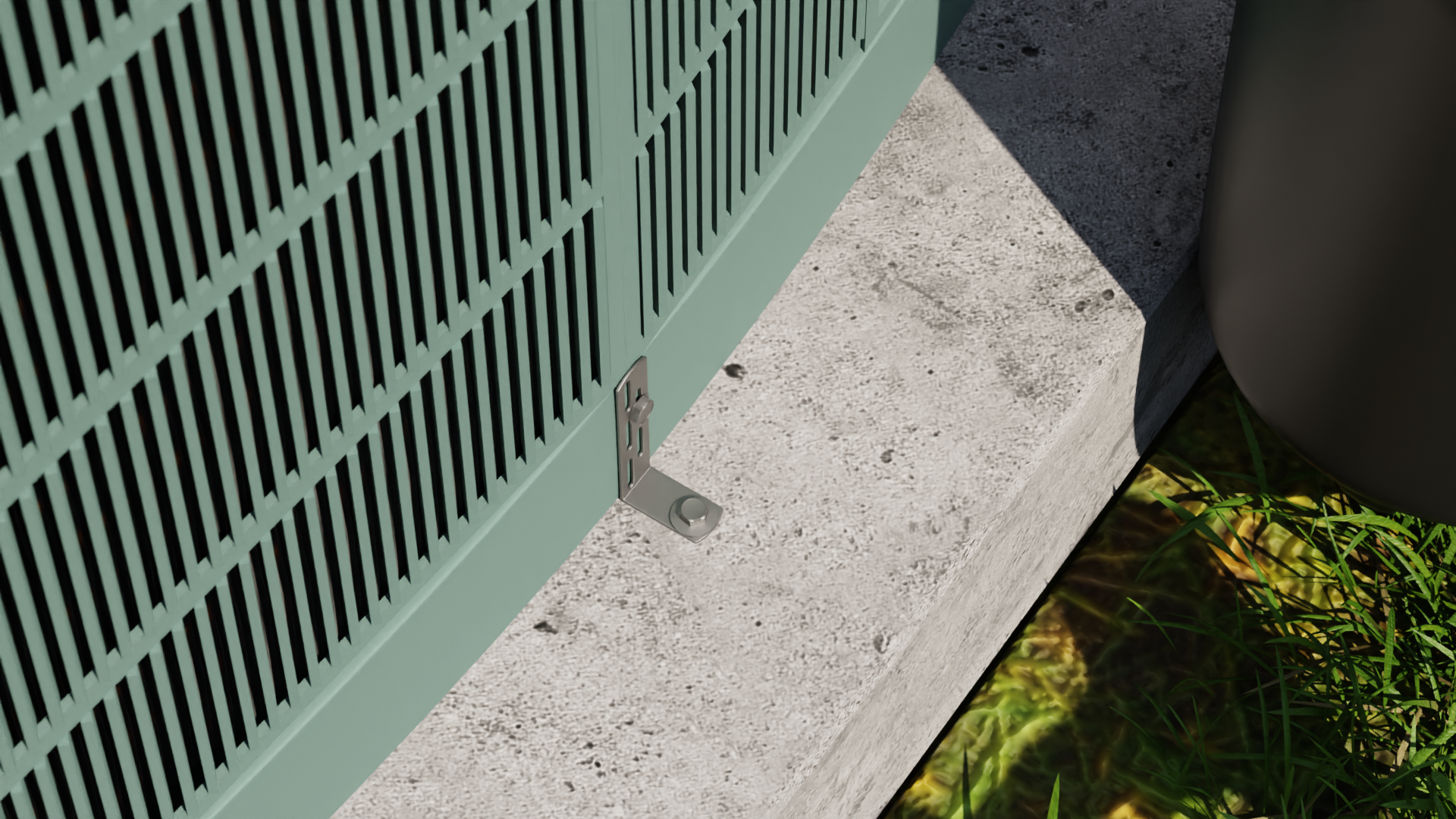Get Tech Tips
Subscribe to free tech tips.
Common Concrete Anchor Fails

No matter what trade you work in, you will need to use a concrete anchor at one time or another. Here are some mistakes I have seen (and made) that you will want to avoid:
Not knowing your concrete
Is it a concrete block hollow cell? Poured cell? Concrete slab? What is the PSI? Not all anchors are created equal for every type of concrete. Make sure you know exactly what you are fastening into and choose the right anchor.
Using Tapcons for heavy-duty anchorage

First off, “Tapcon” is just a brand name for a type of screw-in concrete anchor, so take the name with a grain of salt.
Your typical threaded “Tapcon” is for light-duty tasks. A Tapcon may be fine to hold down a condenser (that already wants to stay down). However, it would probably (definitely) be the wrong option for mounting a heavy motor assembly to the wall. For big jobs, go with a tougher anchor.
Hint: If it has threads and you “screw” it in, it probably isn't the toughest option.
Anchors embedded too shallow
Most concrete anchors have a minimum embedment depth. You can usually embed deeper, but you need to hit the minimum at least. Read the directions to see what the minimum depth should be.
Keeping the anchors too close
All anchors have a minimum distance they can be from one another. If you get them too close, the whole kitten kaboodle can pull right out on you. (I've done that.)
Over-drilling
Wedge anchors (Red Heads) are common heavy-duty anchors. When drilling the hole, wrap electrical tape on your bit at the depth you want to go so that you don't over-drill the hole—or worse, blow out the other side.
Not cleaning the hole
With a wedge anchor, the dust in the hole can act like a lubricant, making it easier for it to pull out. When done drilling, use a round bottle brush or vacuum to clean the holes out. This is especially true when using an epoxy “chemical” bolt.
Warbling the bit
With concrete anchors, use the right size bit and run it straight. Don't be warbling the bit around—unless your desired result is having the anchor pull out and destroy a monastery. In that case, you can warble away.
Not torquing it down

Sorry, but you really do need a torque wrench, especially if you are working with large wedge anchors. Torque that sucker down to factory specs, and you won't need to worry.
Remember, you may want to retorque it after it's been put under load a few times, especially in safety-critical applications.
Overloading the anchor
Before you get started, make sure you know the ft/lbs of force the anchor will be under. Play on the safe side. As GI Joe says, “Now you know, and knowing is just scratching the surface.”
—Bryan
P.S. – You can watch a video on wedge anchors HERE.
P.P.S. – The 3D renderings came from a complete residential HVAC condenser installation guide on our YouTube channel, which you can watch HERE. The part about using anchors is about 27 minutes in.











Comments
how can i view the all video that you posted? please let me know thanks and more power.
how can i view the all video that you posted? please let me know thanks and more power.
These are audio only
These are audio only
This site was… how do you say it? Relevant!! Finally I have found something which helped me. Thanks!
https://www.youthink.com/out.cfm?link_id=14318&my_url=http://cool-air-tech.com
This site was… how do you say it? Relevant!! Finally I have found something which helped me. Thanks!
https://www.youthink.com/out.cfm?link_id=14318&my_url=http://cool-air-tech.com
To leave a comment, you need to log in.
Log In